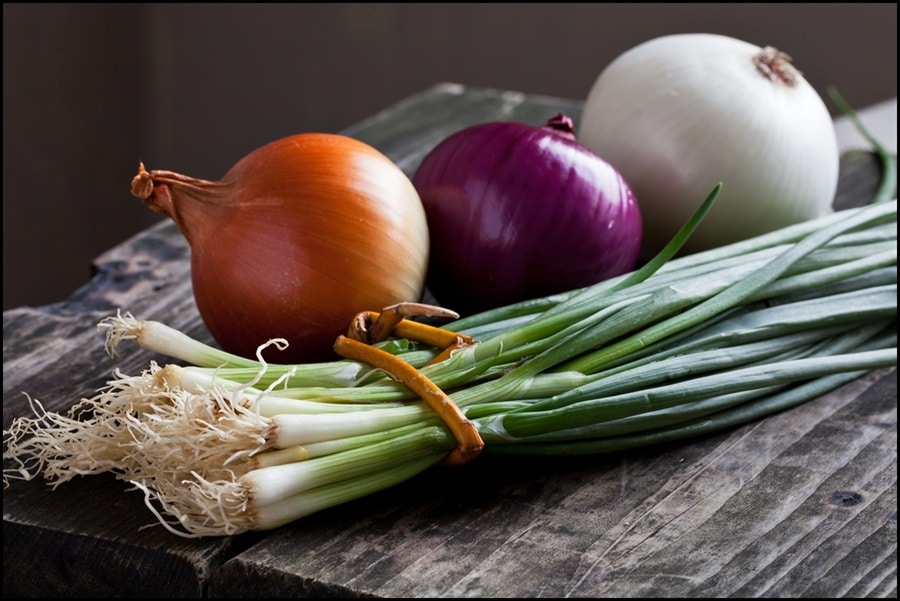For years, milk has been touted as the go-to source of calcium. From advertisements to dietary guidelines, we’ve been trained to believe that milk is the most reliable way to fortify our bones and improve overall health. But what if other foods could provide even more calcium than this iconic beverage? Yes, you read that right. This article is dedicated to unraveling a list of foods rivaling and exceeding the calcium content found in milk. By the end of this read, the aim is to broaden your perspective on calcium sources and introduce you to new ways of achieving a balanced and calcium-rich diet.
Contents
Chia Seeds

Known for their nutritional punch, chia seeds are small but mighty. They are an excellent source of omega-3 fatty acids, fiber, and calcium. Just two tablespoons of chia seeds can provide about 179 milligrams of calcium. That’s notably more than a cup of milk, which provides about 125 milligrams. So, if you’re lactose intolerant, vegan, or just looking to diversify your sources of calcium, chia seeds are a fantastic option.
Chia seeds are incredibly versatile in the kitchen. You can sprinkle them on salads, add them to smoothies, or make chia pudding for a calcium-rich breakfast. If you want to store them for a while, keep them in an airtight container and place them in a cool, dark location. You can even refrigerate them to extend their shelf life further.
Collard Greens

Leafy greens, especially collard greens, are a staple in Southern cuisine, and for good reason. Not only are they rich in nutrients like vitamin K and vitamin A, but they also provide an excellent source of calcium. Just one cup of cooked collard greens can offer up to 266 milligrams of calcium, more than double the amount in a cup of milk.
Collard greens can be sautéed, boiled, or even used as a healthier alternative to tortillas in wraps. When shopping for them, look for vibrant leaves and free from any brown or yellow spots. Once home, store them in the vegetable crisper to maintain their freshness.
Almonds

Almonds are more than just a convenient snack; they are a nutritional powerhouse. Rich in healthy fats, protein, and vitamins, almonds also score high in calcium. A one-ounce serving of almonds offers around 76 milligrams of calcium. Although it’s lower than a cup of milk when taken by volume, almonds offer other health benefits that make them a worthy competitor.
You can enjoy almonds in various ways— eat them as is, blend them into almond milk, or use almond meal in your recipes. When storing almonds, keep them in a cool place away from moisture to prolong their freshness. Sealed bags or containers are ideal for storing these calcium-rich nuts.
Figs

Fresh and dried figs are delicious and offer a lot more than just their unique taste. Figs are rich in fiber, antioxidants, and, yes, calcium. An ounce of dried figs provides around 50 milligrams of calcium, making it a great option for those looking to stray from conventional calcium sources like milk.
Figs are often enjoyed fresh, but they also make for an excellent dried snack. They can be incorporated into salads, desserts, and even meat dishes for a surprising culinary twist. When buying fresh figs, look for ones that are soft, free of bruises, and have a sweet aroma. For dried figs, ensure that they are pliable and free from mold.
Oranges and Fortified Orange Juice

Oranges, commonly known for their high vitamin C content, are also cut regarding calcium content. One medium orange can offer between 50 to 60 milligrams of calcium. But what catapults oranges into the high-calcium category is fortified orange juice, which can provide up to 350 milligrams of calcium per cup—nearly triple the amount found in a cup of milk.
While enjoying a fresh orange is always delightful, fortified orange juice provides a quick and easy way to boost calcium levels. It can be consumed as a drink or used in various recipes, from breakfast smoothies to salad dressings. The key is to look for labels that specify the juice is calcium-fortified. Store oranges at room temperature or in the refrigerator, depending on your preference for taste and texture. Always check the expiration date for fortified orange juice and keep it refrigerated after opening.
Tofu

This versatile plant-based protein is also an excellent source of calcium. Depending on the brand and its processing, a half-cup of tofu can provide between 250 to 800 milligrams of calcium. With such high figures, tofu surpasses milk as a calcium source by a considerable margin.
Tofu is not just for vegetarians or vegans; it’s a food everyone can enjoy. Tofu is a chameleon in the culinary world, whether scrambled, stir-fried, or thrown into a soup. When shopping for tofu, opt for brands that list calcium sulfate as an ingredient to ensure you get the most calcium possible. Store unopened tofu in a cool, dark place, and once opened, keep it submerged in water in the refrigerator.
Sesame Seeds

These tiny seeds pack a massive nutritional punch. Not only are sesame seeds a good source of healthy fats and protein, but they also contain a significant amount of calcium. Just a quarter-cup of sesame seeds offers about 351 milligrams of calcium, almost triple the amount in a cup of milk.
Sesame seeds are a versatile ingredient that can be incorporated into a wide range of dishes—sprinkle them over salads, blend them into tahini, or even add them to your morning smoothie. When buying sesame seeds, choose the unhulled variety for the most calcium and keep them in an airtight container in a cool, dark place to maintain freshness.
Sardines

Often overlooked, sardines are small fish with a big nutrient profile. One can of sardines can deliver as much as 351 milligrams of calcium, which is nearly three times the amount found in a cup of milk. Plus, you get the added benefits of omega-3 fatty acids and protein.
Whether you enjoy them fresh or canned, sardines can be a tasty and nutritious addition to your diet. Use them in salads, spreads, or even on top of a homemade pizza. When purchasing fresh sardines, look for ones with clear eyes and a fresh smell. If you prefer canned, pick those packed in water or olive oil and store them in a cool, dark place.
The Bottom Line
From chia seeds and almonds to sardines and fortified orange juice, the list of foods offering more calcium than milk is surprising and extensive. The key takeaway is that while milk may be a good source of calcium, it’s certainly not the only—or even the best—option out there. Expanding the variety of foods in your diet diversifies your nutrient intake and introduces you to new, delightful flavors. With so many calcium-rich foods, achieving a balanced, nutrient-dense diet has never been easier. So explore these foods, and give your bones the nourishment they deserve.


